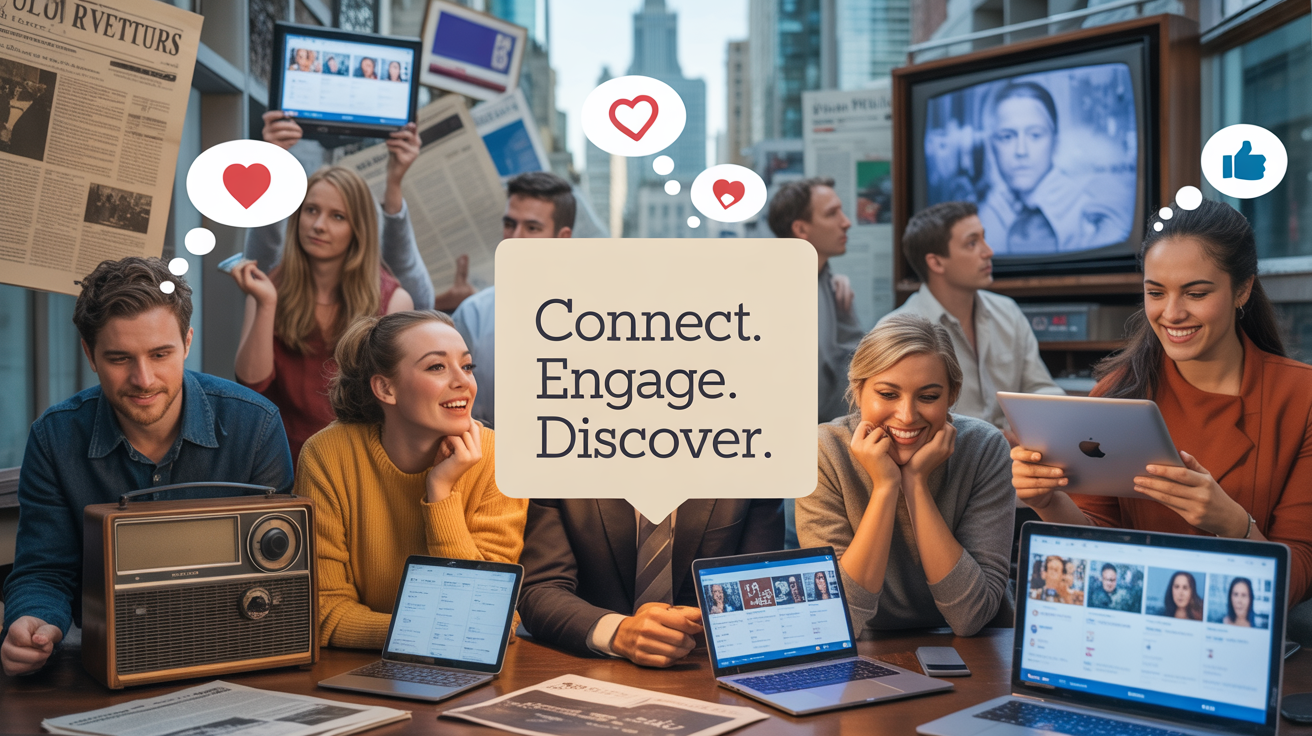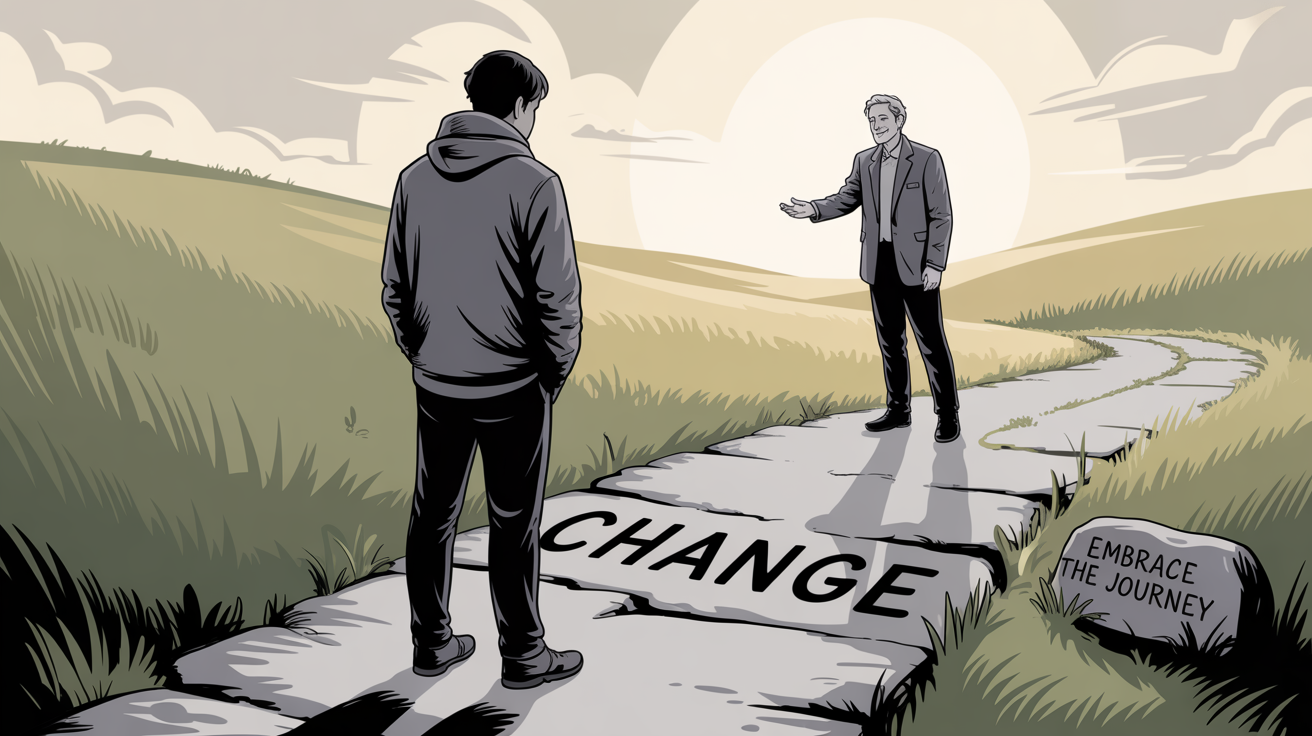If you’ve ever wondered why we watch what we watch, or how media content shapes our thoughts, behaviors, and choices—welcome to the fascinating world of media audience studies.
Contents
What Are Media Audiences?
Media audiences are the people who consume media content—whether it’s a YouTube video, a newspaper article, an Instagram reel, or a Netflix series. Studying media audiences helps us understand how and why people consume media, and how that content impacts them emotionally, socially, and psychologically.
Types of Media Audiences
1. Traditional Mass Audiences
This concept emerged with the rise of radio, TV, and newspapers in the 20th century. These audiences are:
- Large and diverse
- Physically separated, but consuming the same content at the same time
- Passive, with little interaction or feedback
2. Local and Community Audiences
These audiences are smaller and more socially connected, like people in a town reading the same local newspaper or tuning into a regional radio channel. Their media consumption is:
- Influenced by family, culture, language, and traditions
- Rooted in shared values and community
- Resistant to external media influences unless it aligns with existing beliefs
3. Digital Media Audiences
Enter the internet! Digital audiences are:
- Interactive and participative
- Watching content across multiple screens and platforms
- Often creators themselves (think YouTubers, TikTokers, bloggers)
They have more control over what they consume, when they consume it, and how they engage with it.
4. Social Media Audiences
These are a sub-set of digital audiences but highly active and networked:
- Form niche communities and micro-audiences
- Engage in sharing, commenting, reacting, posting
- Driven by emotions, peer validation, and FOMO (Fear of Missing Out)
Social media influencers, trends, and viral content are powerful here.
The Psychology of Media Audiences
Let’s explore why we react the way we do to media:
Individual Psychology
- Cognitive Biases: We prefer content that confirms what we already believe (confirmation bias).
- Selective Exposure: We avoid things that challenge us or make us uncomfortable.
- Emotional Responses: Storytelling, music, visuals—they all trigger feelings that stick.
Group Dynamics
Your media choices are also shaped by:
- Primary groups (family & friends): Strong emotional bonds and shared viewing habits.
- Secondary groups (workplaces, schools): Influence professional and educational media preferences.
- Reference groups: Celebrities, influencers, or aspirational figures that shape your tastes.
Interpretative Communities
These are informal groups of people who share similar cultural backgrounds and interpret media content in the same way. Think fans of Marvel movies or members of a Reddit thread interpreting a trending issue.
How the Digital Age Changed Everything
Audience Fragmentation
We no longer watch the same news or shows. Everyone’s feed is different, and algorithms personalize content for us. This has led to:
- Niche audiences
- Echo chambers
- Less exposure to diverse views
Network Effects
Social media spreads content like wildfire. If your friends like something, chances are you’ll check it out too. This is known as social proof and leads to:
- Viral content
- Bandwagon effects
- Influencer-driven trends
Personalization & Algorithms
AI decides what shows up on your feed. It’s great for relevance, but risky too:
- Can trap you in a “filter bubble”
- Reduces discovery of new or opposing ideas
Challenges in Studying Media Audiences
New Research Methods
With digital audiences, traditional surveys aren’t enough. Today’s researchers use:
- Digital ethnography: Observing behavior in online communities
- Big data analytics: Tracking clicks, views, and shares
⚠️ Ethics and Privacy
- How do we ensure informed consent when analyzing online behavior?
- How do platforms protect user anonymity?
Public Opinion and Democracy
Media, especially digital platforms, shape how we think and vote:
- Fast information spread = more participation
- But also more manipulation and misinformation
Final Thoughts
Media audience studies aren’t just about who watches what. It’s about understanding people, societies, and the power of media. From passive radio listeners to active TikTok creators, the landscape has evolved rapidly.
As mass communication students and professionals, keeping up with these changes helps us create more meaningful content, communicate ethically, and connect better with real audiences.
Keep exploring: Bookmark this blog and follow us for regular updates on communication and media studies, UGC NET tips, and more!



